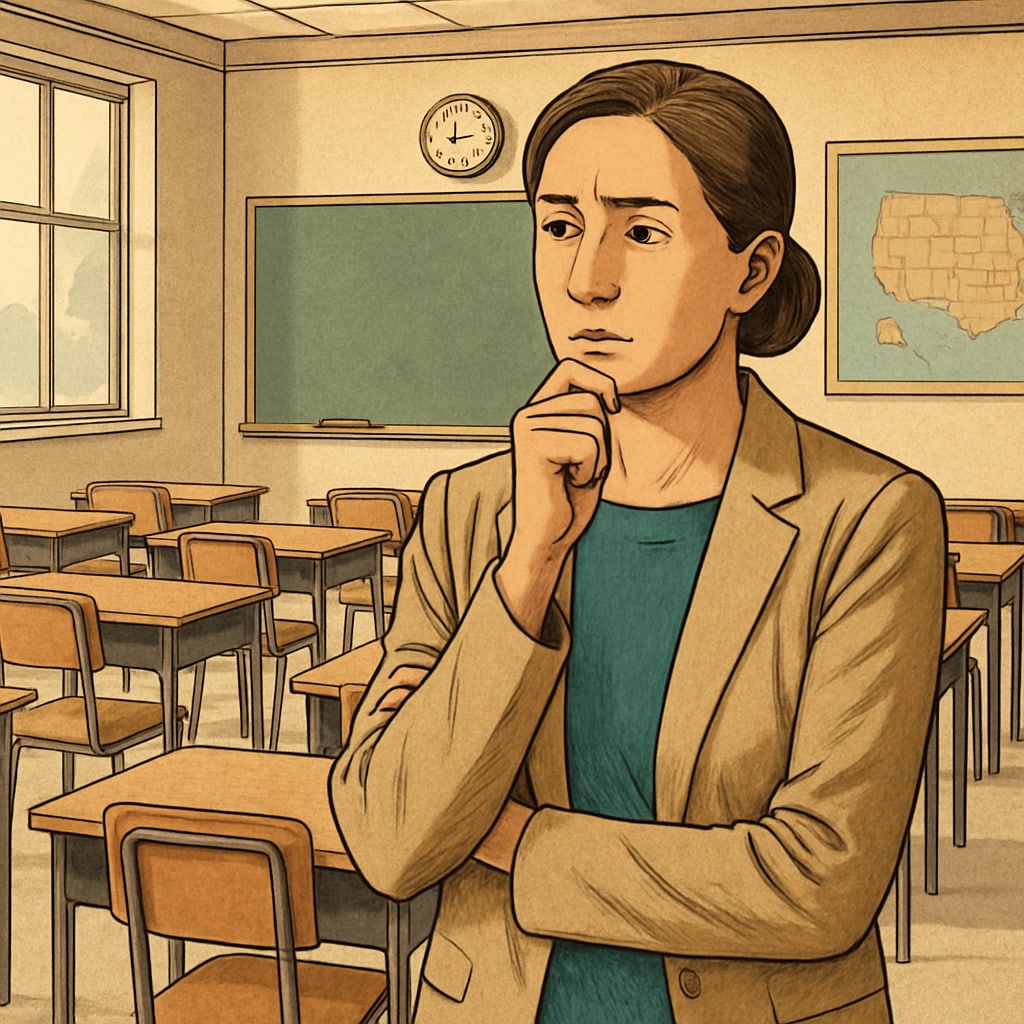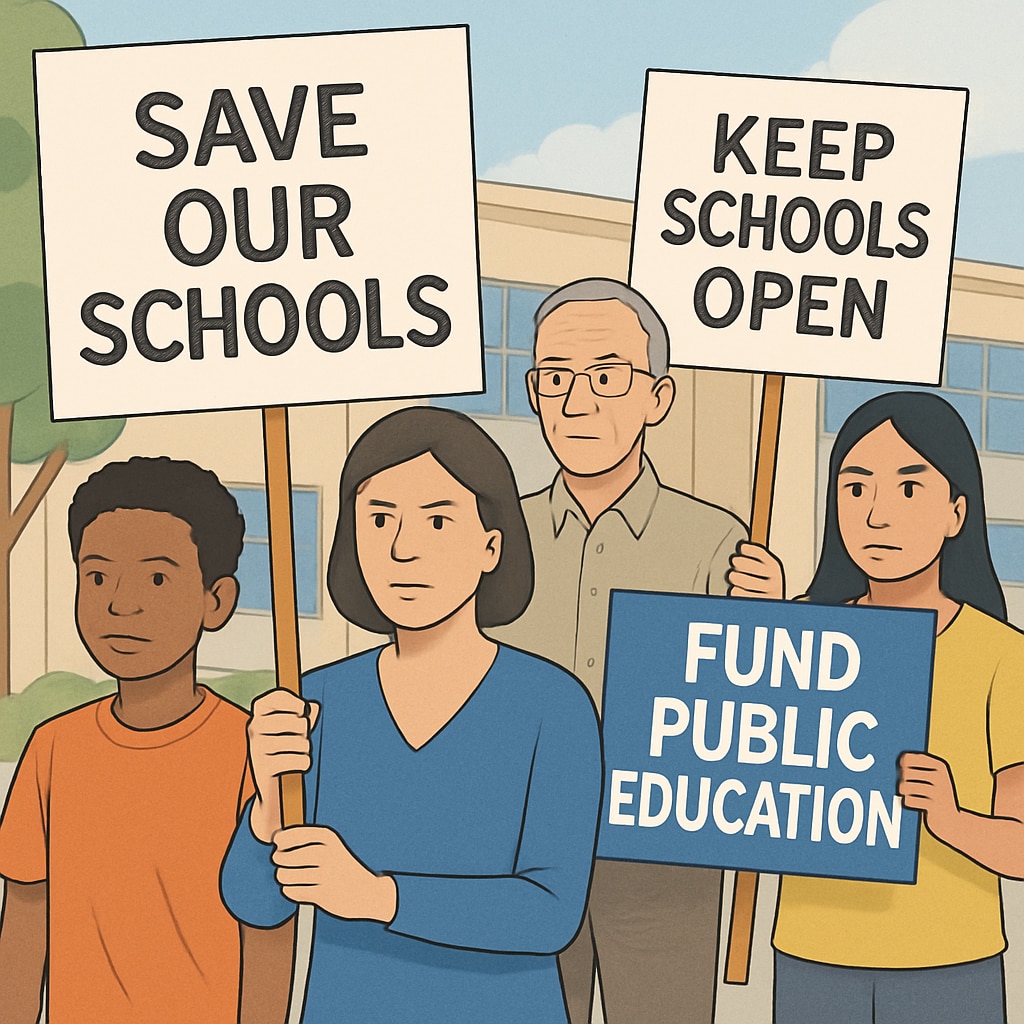Organizations such as Stand For Children have emerged as key players in the education reform arena, advocating for changes that promise better outcomes for students. However, beneath the surface, these initiatives often involve privatization strategies that redirect education funding away from public schools, threatening their viability. As legislative actions reshape public education landscapes, the consequences include resource depletion, school closures, and teacher layoffs. It’s crucial to assess whether these reforms truly serve children or prioritize corporate interests.

The Legislative Push: Privatization in Disguise
Privatization efforts often use legislation to reallocate public education funds to charter schools, voucher programs, or other privatized initiatives. For example, Stand For Children has supported bills that ostensibly aim to improve education but instead funnel resources away from traditional public schools. This shift leaves many schools struggling to maintain essential programs and forces districts to make tough decisions, such as cutting staff or reducing student services.
As a result, public schools face increasing challenges, while privatized alternatives grow. According to Wikipedia’s overview of school privatization, such measures often lack transparency and fail to deliver promised improvements in student outcomes. This raises concerns about whether privatization truly benefits students or primarily serves corporate stakeholders.
Impact on K-12 Public Education
Public schools are the cornerstone of equitable education, serving diverse communities regardless of socioeconomic status. However, privatization initiatives often exacerbate inequalities by diverting funds to schools that select their students or charge tuition fees. Stand For Children’s legislative efforts have been criticized for accelerating these trends, leaving underfunded public schools unable to compete.
For example, voucher programs championed by privatization advocates sometimes enable families to use public funds for private school tuition. While this may appear to offer choice, it often excludes low-income families who cannot cover additional costs or transportation. As noted by Britannica’s explanation of voucher systems, these programs frequently undermine public school funding and create barriers to access.

Protecting Public Education from Privatization
To safeguard the integrity of public education, communities must remain vigilant against legislative efforts that prioritize privatization over equitable access. Advocacy groups and policymakers should focus on strengthening public schools, ensuring they have the resources to serve all students effectively. Transparency in funding allocation and accountability for privatized initiatives are essential to prevent further harm to public education.
Public engagement is also critical. Parents, educators, and community members can advocate for policies that prioritize public schools and resist measures that redirect funds to privatized ventures. By demanding accountability and supporting grassroots efforts, stakeholders can help preserve public education as a vital social institution.
Readability guidance: This article uses concise paragraphs and lists to summarize key points. It minimizes passive voice and incorporates transitions to enhance flow (e.g., however, as a result, for example). Visual aids, such as images, are utilized to reinforce the discussion.


